BAE has welcomed the release today of the SEA 5000 Request for Tender for the Royal Australian Navy, intending to offer the Type 26 Frigate as a contender.
The defence giant was one of three organisations down-selected to refine their designs for a fleet of nine Future Frigates.
According to the company:
“BAE Systems has offered the Commonwealth of Australia the Type 26 Global Combat Ship, recognised today as the world’s leading design for an anti-submarine warship.
The Company is today already working to deliver the Type 26 to the UK’s Royal Navy and is also engaged in bidding for the Canadian Government’s requirement, using the Type 26 design.”
The other contenders are Fincantieri’s FREMM and Navantia with a redesigned F-100 class vessel.
Commander UK Maritime Forces Rear Admiral Alex Burton said:
“The government has committed to eight Type 26 ships and they will be the mainstay of our anti-submarine warfare capability, both to project the continuous at-sea deterrence and to project what I’ve often described as the strategic conventional deterrence of the carrier task group.
The Type 26 will undoubtedly be the most capable ASW afloat, arriving early next decade. But it’s so much more than an ASW platform, with the ability to take Tomahawk strike missiles, a 5-inch gun and a considerable local area defence capability; and the mission bay, which can take a whole range of mission support packages.”
BAE Systems Australia Chief Executive, Glynn Phillips said:
“We are committed to supporting the development of a sustainable, national shipbuilding and sustainment industry in Australia.
We look forward to working with the Commonwealth to maximise opportunities for Australian industry, drawing on our existing supply chain and a history of more than 60 years of supporting the Australian Defence Force.”
The Defence Secretary earlier discussed defence co-operation and the Type 26 Frigate with the Australian Minister for the Defence Industry, Chris Pyne.
It is understood that talks on defence ties between the UK and Australia also discussed defence exports and equipment.
According to a press release, as part of the UK-Australia export relationship, the Type 26 Frigate has been shortlisted for Australia’s Future Frigate programme.
They also discussed joint operations carried out by both the UK and Australia and the important partnership the two nations share as members of the Five Power Defence Arrangements and the Five-Eyes Intelligence alliance.
Defence Secretary Sir Michael Fallon said:
“The UK’s Defence relationship with Australia remains close and strong. After operating together in Afghanistan and Iraq, we are now working together to tackle the threat of Daesh in the Middle East and brutal terror they spread around the world.
Britain’s defence and intelligence relationships with Australia and the close bonds we share support our mutual interests and help make both Britain and Australia safer and more secure.
This Australian Frigate programme is another opportunity to strengthen our shipbuilding ties, as well as greater cooperation between the Royal Navy and Royal Australian Navy.”
BAE Systems recently signed a contract with the Australian Government to further refine its design of the Type 26 Frigate for the Royal Australian Navy.
BAE Systems Australia Chief Executive, Glynn Phillips, said:
“We look forward to demonstrating the adaptability and maturity of the Global Combat Ship design to meet Australia’s requirements for an Anti-Submarine Warship frigate.
The Global Combat Ship design is the most modern, adaptable and flexible of all possible options available today, and I am confident that we will be able to demonstrate that it is the best able to meet the requirements of the Royal Australian Navy.”
In the coming months, a team of BAE Systems’ Australian engineers will be deployed to the UK to join the Company’s established design team.
To assist this process, the Company has revealed that, “a 3-dimensional visualisation suite will be delivered to Australia to help improve understanding of the unique features of the ship design”.
This is part of the Australian Department of Defence’s Competitive Evaluation Process for the programme. Australia has also entered into similar agreements with Fincantieri and Navantia.
Last year, a report by think-tank RAND advised that using an existing design, most likely Britain’s Type 26 Frigate, for the warships would be the least risky option for Australia. RAND looked at three design and build options; an off-the-shelf design, a modified off-the-shelf design and an entirely new design.
“Each option would entail different risks and implications for the acquisition process and strategy. The pure military off-the-shelf solution (which most likely would be built outside Australia) probably would entail the least design and cost risk, given that there would be an experienced builder and active supplier base.”
The Type 26 represents the future backbone of the Royal Navy and a massive leap forward in terms of flexibility of surface vessels enjoyed by the service. It will replace 8 of 13 Type 23 Frigates and export orders are being sought after by BAE. The programme has been underway since 1998, initially under the name “Future Surface Combatant”.
International competition to build the Australian frigate fleet started after Australia changed plans for their new frigate ahead of the release of their defence white paper. The original plan detailed by former Defence Minister David Johnston, would have utilised the hull of the air warfare destroyer programme as the basis for the new class of frigate.
Australian Strategic Policy analyst Dr Andrew Davies said:
“It was a sensible decision given the destroyer hull was not really suited to the submarine hunting role of a purpose-built frigate, it was supposed to be a low-risk option but it was also more about preserving jobs than the Navy getting the warship it needs.”


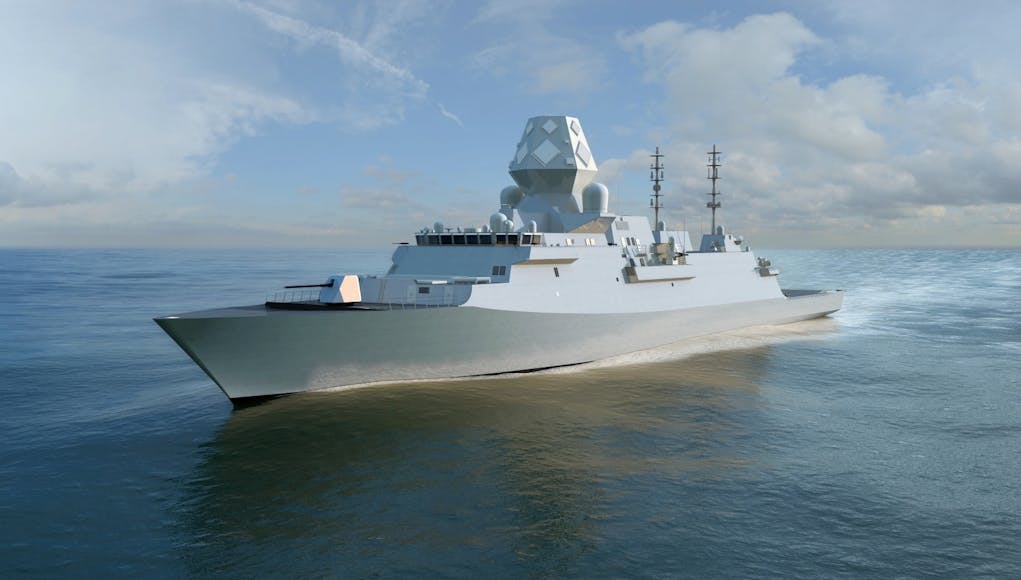



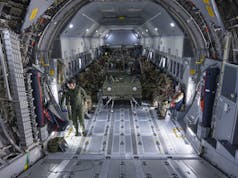
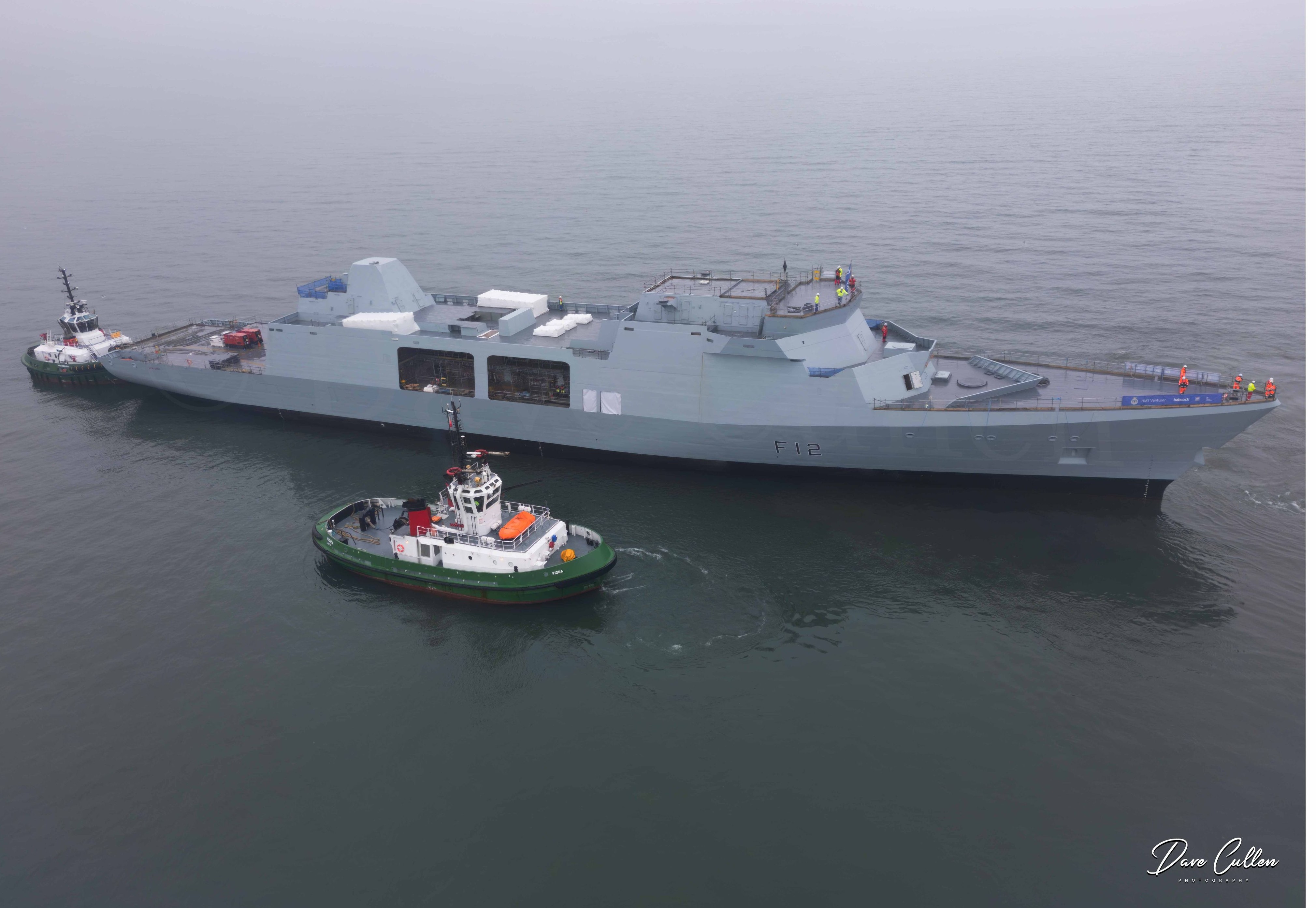
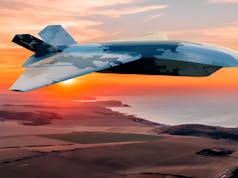

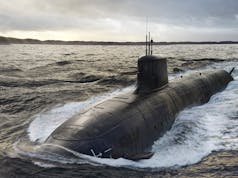
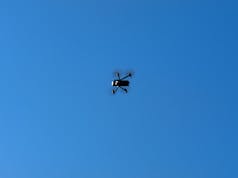


Methinks it is the FREMM’s to lose.
Cheaper, proven, actually exists & is a very modular platform.
Plus, as seen with the surprise sumbarine contract, those French can lobby the hell out of you.
FREMM is about half the price of a T26, it exists, it’s modular and perhaps it’s biggest adventage is that it’s not from BAE who can’t even paint their ships without problems. I can’t think why the Aussies would go for a T26.
Warship designs are getting more and more modular though, turning them almost into fast quiet cargo ships with modular spaces for all the weapons, sensors and off board systems. So an empty hull from South Korea with the fighty stuff fitted in Aus by the selected suppliers could be an idea. I mean how difficult is it to fit CAMM and Artisan or whatever, especially as all the manufacturers are saying how good their stuff is?
I would say the Type 26 out of the three has the best chance. It’s the longest-range of the three designs. It’s armed with the Sea Center which has already been selected by ourselves, Brazil and New Zealand, both of which are prospective buyers for the design. New Zealand having said it will use the same decision as Australia and build its vessels there similar to the process for the Anzac-class. Also it has the highest capacity in terms of missiles it has 48 cells which can quad pack Sea Ceptors (F105 can do the same with ESSM) plus it has the Mk41 for an additional 24 strike length cells. The F105 has the same Hull as the Hobart-class which they’ve already planned to use and cancelled so how it’s gotten through is beyond me. The FREMM has an uncommon radar and missile system compared to the other two and what the existing Australian inventory or frequent allies have, and although the cost of integration of different missiles and radar are supposedly plug and play, these decisions often turn out to be risky as well as costly. Personally I’ll give it to the Type 26.